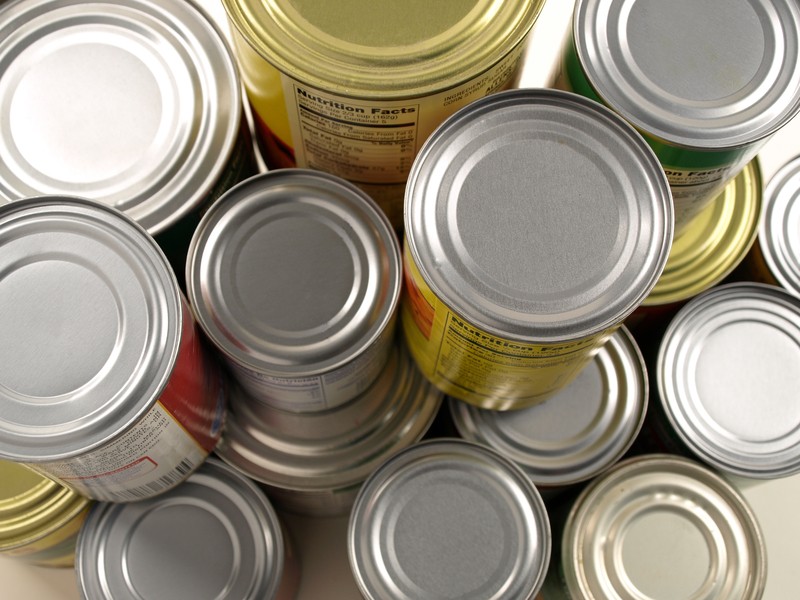People who aren't preppers may not understand why you have a storage room or several storage rooms bursting full of food, water and other supplies. However, you know that these stockpiles will be necessary when a disaster occurs.
When your stockpile has grown a lot it can be difficult to keep what you already have safe and still in the best possible condition. However, these tips for solving this problem will help you keep all your supplies and gather new supplies as well. They are a life saver.
Tips for keeping your stockpile safe include:
#1. Optimize Existing Storage Areas
Clean and organize existing storage areas such as kitchen cupboards, pantries, closets and garages. Get rid of badly out of date food items. Take a hard look at what you have and decide if you *really* need it. If not, re-home it and make more room for the things you do need. Look for ways to maximize storage through well-thought use of dividers, shelving and other organizers.#2. Utilize Space Under the Stairs
It doesn’t take mad skills to build some simple under stair storage. A little box framing and some plywood and you’ve got shelving. Slip in a pallet and you’ve got an out of the way spot for bulk storage of food and water.
#3 – Look for Low Traffic Areas or Underused Corners
If you have an unfinished or partially finished basement, grab a corner and frame out a storage area. Stick a decorative screen in the corner of a living room and hide some storage buckets behind it.Look for spots in utility areas or hallways that are low traffic that may be able to perform double duty, such as a wall of bookshelves along one side of a hallway.
When framing shelving, make sure that your shelves are adequately supported along all four edges to prevent bowing under heavy loads. We like to do a box frame under the shelf and set the shelf loose on top of the frame. That way if it ever does manage to warp over time, we can simply flip it over and let it work back the other direction.#4 – Use Furniture with Built in Storage or Room for Storage Underneath
There are many cool built-in storage furniture options available, but you can keep it simple and use storage that slides under your existing furniture, such as tables or beds. For example, stacking a row of 5-6 gallon buckets two high and three behind a couch, cover with a piece of plywood cut to size and a nice heavy tablecloth that drapes to the ground, and you’ve got extra bulk storage.#5 – Don’t Skip the Small Stuff
Even small areas can provide needed storage. We tucked in 2×4 shelves between some open stud walls to create extra space for small items such as nails and screws. You could use them for canned goods or ammunition, too, depending on your storage needs. You can also by ready made cabinets that fit between wall studs.#6 – Store Items in Garages, Outbuildings and Porches
These areas can be used for storage of durable goods, and limited food storage. Remember, when it comes to food – temperature swings and moisture are the enemies of long term, quality storage. There is also a much higher incidence of rodent and bug infestations, so plan accordingly.How to Store Food for Best Shelf Life
Store what you eat, eat what you store. What you store will depend on what you eat. Don’t buy up a whole bunch of “emergency food” that you think you will eat “if things get bad enough”.
As you can tell, there are a bunch of options for storing your stockpile that you may not have thought of. You can go through your stockpile and get rid of anything you don't really need. You can use space under your stairs or in small corners. You can even use your garage for storage if you need to.
It is also important to keep temperatures in mind and the possibility of rodents or bugs getting to your stockpile. These tips will help keep all the supplies you have been stockpiling for a while as safe as it can be. This way when SHTF, your mind can be at ease because you can know without a doubt that you are well prepared.
To find more tips on keeping your stockpile safe when running out of room, please visit Common Sense Homesteading.
